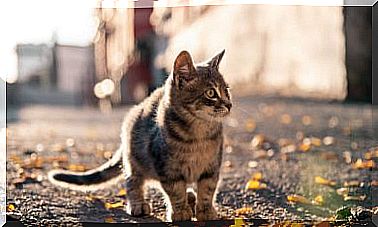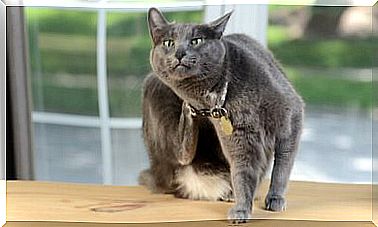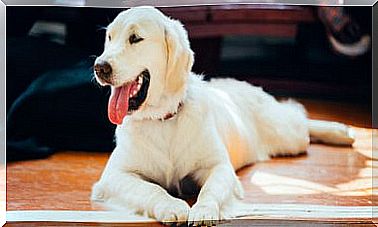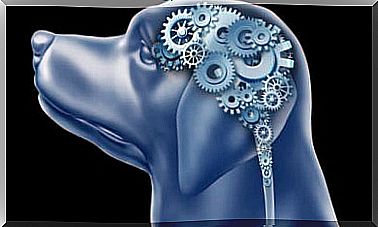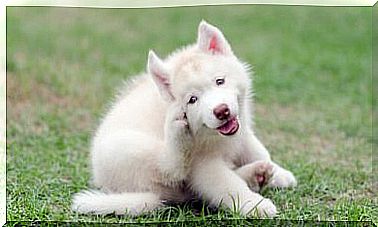Dogs In World War II
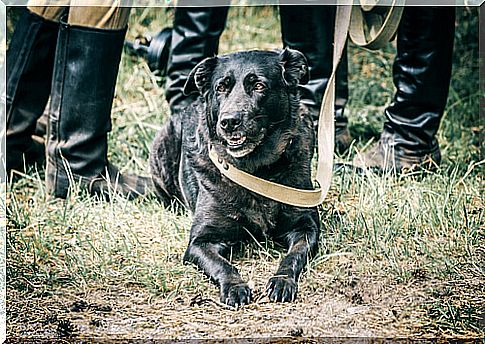
The dog has been accompanying the human being for millennia. He has become our best friend, but unfortunately he has also been involved in the worst war conflicts of our species. And it is that dogs in World War II had a great role to play.
It is believed that already in the wars between the Persians and Greeks there were dogs for military purposes. In Europe its use would be relegated to the conquest of America, through races such as the Spanish Alano.
There are other historical periods with importance for our canine companions, such as the First World War or current war conflicts. But the dogs in World War II had a great participation and saved thousands of lives, although they were also one of the biggest victims.
Dogs used as weapons of war
Dogs could fulfill many military tasks, and they did not simply act as messengers or rescue dogs. Unfortunately, some participated in the front ranks, and many gave their lives in purely human conflict.

The United States military tried to train large dogs to kill Japanese soldiers. The program was conducted in a dog training facility, in which Japanese-American soldiers served the training. The project, however, was a failure, although it was perfected in Vietnam.
But their best-known work is that of anti-tank dogs: the Soviet Union used dogs in a way that was as peculiar as it was ruthless and inhumane. Their dogs were not fed for days, and they were trained to search for food under tanks. The dogs, after days of fasting, threw themselves at the German tanks.
Once this was accomplished, the animals were put explosives, and they were fired under enemy tanks. For this reason the dogs became a target to be killed by the armies of both sides.
Military logistics and dogs in World War II
Although draft horse breeds were preferred for transportation, dogs were used to pull machine guns or stretchers. The Red Army used dogs in WWII especially on snowy terrain. He also made it through the uneven terrain of the battlefield, where many horses broke their legs.
Dogs were also used as messengers, silently sending messages across the battlefield. Other dogs were used to install explosives or telephone lines. And it is that these animals could enter through tunnels and holes where humans could not access. Other species of animals, such as ferrets, were also used for this task.
Most specialized tracking dogs were used to detect mines. However, the use of negative reinforcement training failed many projects. The dogs became terrified and had a very short and ineffective service life, and were replaced by other animals such as rats.
Dogs in WWII were also used to locate traps, ambushes, gun depots, and even snipers. These dogs could locate traps within a kilometer and were much more effective than human scouts. The dogs were also used as guardians to defend the camps.
The sacrifice of dogs in World War II
Some dogs became true heroes of the time. An example is Chips, a breedless American army dog who received several decorations reserved for humans. In fact, unfortunately they ended up withdrawing them, although his battalion did not hesitate to show him all the honors at the end of the war.
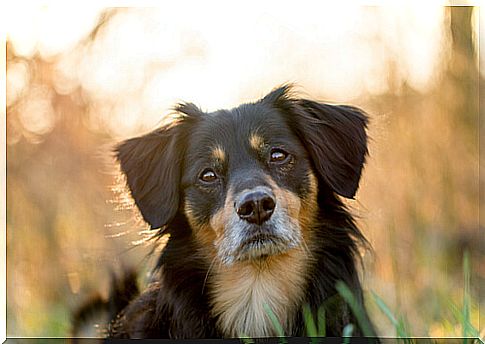
Chips participated in various hot spots of the conflict, such as North Africa, Sicily, Germany or France. Among his greatest victories is the day he saved an entire battalion of American soldiers. He did so by infiltrating an Italian machine gun post and neutralizing it. He was finally able to return home after the war.
However, many dogs were not so lucky. Dogs in World War II were used in animal experimentation, both for new drugs and for chemical weapons. Unfortunately, due to famine, hundreds of thousands of pets were euthanized in countries like the UK.
The sacrifice of dogs in war has been gigantic, and millions have probably died as a result of armed conflicts, many of them participating in it. They are not the only animals that have participated in human battles. Decades later, these dogs are considered heroes, and they have hundreds of monuments and books that pay tribute to them.
